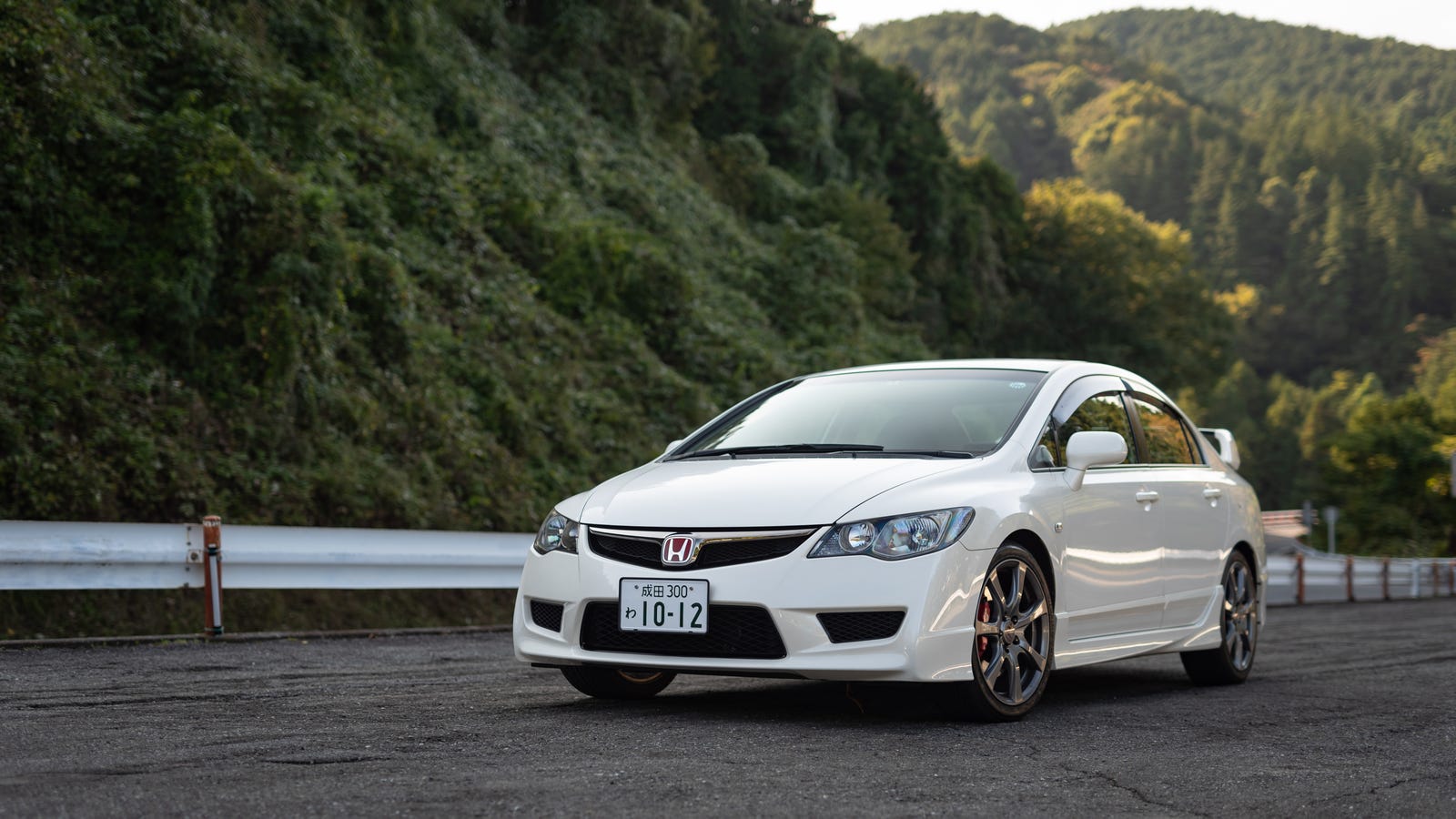

It could be registered for road use, having a top speed in high-ratio road gear of around 55 mph (89 km/h). While targeted at off-road users, this was not a dirt bike in the conventional sense. The four-stroke engine was quiet and almost all models were equipped with spark-arrestor exhausts. The bike was ideal for climbing and carrying packs. They were well suited to narrow trails, being small and lightweight (around 188 pounds) and with a forgiving suspension. Early ads often had these bikes in wilderness settings. Honda targeted hunters, fishermen, commuters, and outdoorsmen with the Trail 90. These were the last major changes made to the "Trail 90," and the only other noteworthy change to the Honda Trail bikes came with the change to the 110cc engine in 1980.
90s honda models series#
Though this feature would eventually be dropped from the Mini Trail, the easy-swivel handlebars would be one of the definitive features of the full-size Honda Trail series throughout the rest of production. Fold-down handlebars had been introduced on the Honda Z50A Mini Trail in 1968, and had proven popular among owners with space constraints. This feature made it more convenient to store the motorcycle, or to carry it in a rack, truck bed, or even the back of a station wagon. In 1970, a lever was added to the front end, which made it easy and simple to rotate the handlebars. The new cover would run from the head tube to the bottom of the downtube, providing protection to the carburetor, and the air filter was now located in a plastic box attached to the side of the frame. Earlier models had retained the Super Cub's air filter box, located on the downtube, and with the removal of the wide shield of the street model, a fabric cover had been used. The other obvious change in the 1969 model was the addition of a hard plastic downtube cover, designed specifically for the CT90. No longer being attached to the small, stamped-steel rack inherited from the Super Cub, the new rack had its own dedicated mounting system, which was strong enough to use for lifting the motorcycle. The large, chrome rear cargo rack which had been an option now became a standard item. This increased travel (and shock absorption) on the front wheel. The greatest change was in 1969, when Honda replaced the Super-Cub-style cantilever-toggle front end with telescoping-tube similar to those found on most motorcycles. Now, the Trail 90 was a unique and separate platform, not merely a variation on the city-commuter theme. While the earlier Honda Trail series had been slightly modified versions of the Super Cub, 19 brought an evolution to the CT90 which tailored it more to the needs of the off-road rider. Starting in August 1967, this cumbersome arrangement was replaced by a two-range sub-transmission, which could be set far more easily by simply moving a small lever while the bike was in neutral and idling. To shift to the low range, the operator had to stop and clip a short additional section onto the chain, which then would allow it to go around the larger rear sprocket. The CT2 CT90 had a dual rear sprocket, which created a lower gear range for heavy weight or steep terrain. Except for the engine change, the 1966 models of CT200 and CT90 were the same-the change in model number reflected a new Honda policy that model numbers would indicate engine-size class. The CT200 had an 87 cc iron-head pushrod OHV engine, instead of the CT90's 89 cc aluminum head OHC, with a carburetor to match. The CT90 Trail 90 was preceded by the CT200 Trail 90 (1964–1966), which featured a similar design, and was itself preceded by dealer-level modifications to the 49cc Super Cub and the C105T Trail 55. It was offered in two models: Trail or X with the main variations being gear ratios and tyre style. The Honda CT90 was a small step-through motorcycle manufactured by Honda from 1966 to 1979. The 1972 trail 90 was the last year without factory installed turn signals.


 0 kommentar(er)
0 kommentar(er)
